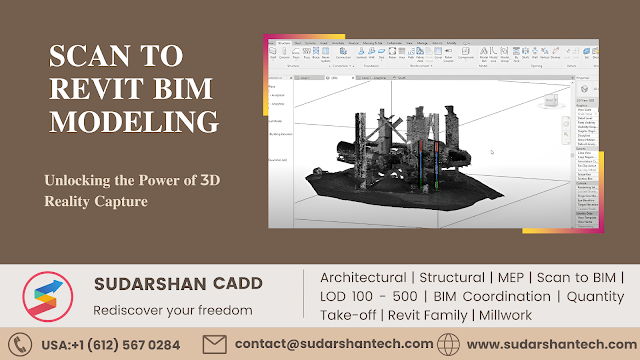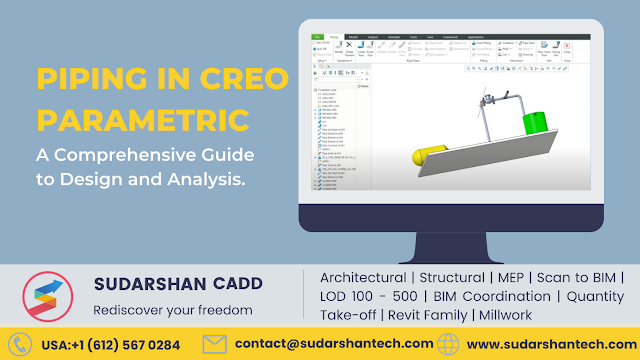𝐀𝐫𝐜𝐡𝐢𝐭𝐞𝐜𝐭𝐮𝐫𝐚𝐥 𝐌𝐨𝐝𝐞𝐥𝐢𝐧𝐠 𝐢𝐧 𝐑𝐞𝐯𝐢𝐭: 𝐑𝐞𝐝𝐢𝐬𝐜𝐨𝐯𝐞𝐫 𝐭𝐡𝐞 𝐅𝐫𝐞𝐞𝐝𝐨𝐦 𝐨𝐟 𝐃𝐞𝐬𝐢𝐠𝐧𝐢𝐧𝐠 𝐌𝐮𝐥𝐭𝐢𝐬𝐭𝐨𝐫𝐲 𝐑𝐞𝐬𝐢𝐝𝐞𝐧𝐭𝐢𝐚𝐥 𝐏𝐫𝐨𝐣𝐞𝐜𝐭𝐬

Introduction: Multistory residential projects have become increasingly popular in modern urban environments, offering residents the freedom to live in well-designed spaces. These projects efficiently utilize land, accommodate a large number of dwellings, and provide amenities that allow residents to rediscover their freedom . However, designing and constructing multistory residential buildings is a complex process that requires careful planning and attention to detail. Architectural modeling plays a crucial role in this process, enabling architects to visualize and refine their designs before construction begins. Among the various software tools available for architectural modeling, Revit has emerged as a leading choice due to its powerful features and capabilities, offering architects the freedom to create and rediscover their vision. Understanding Multistory Residential Projects: Multistory residential projects are characterized by buildings that consist of multiple level...





